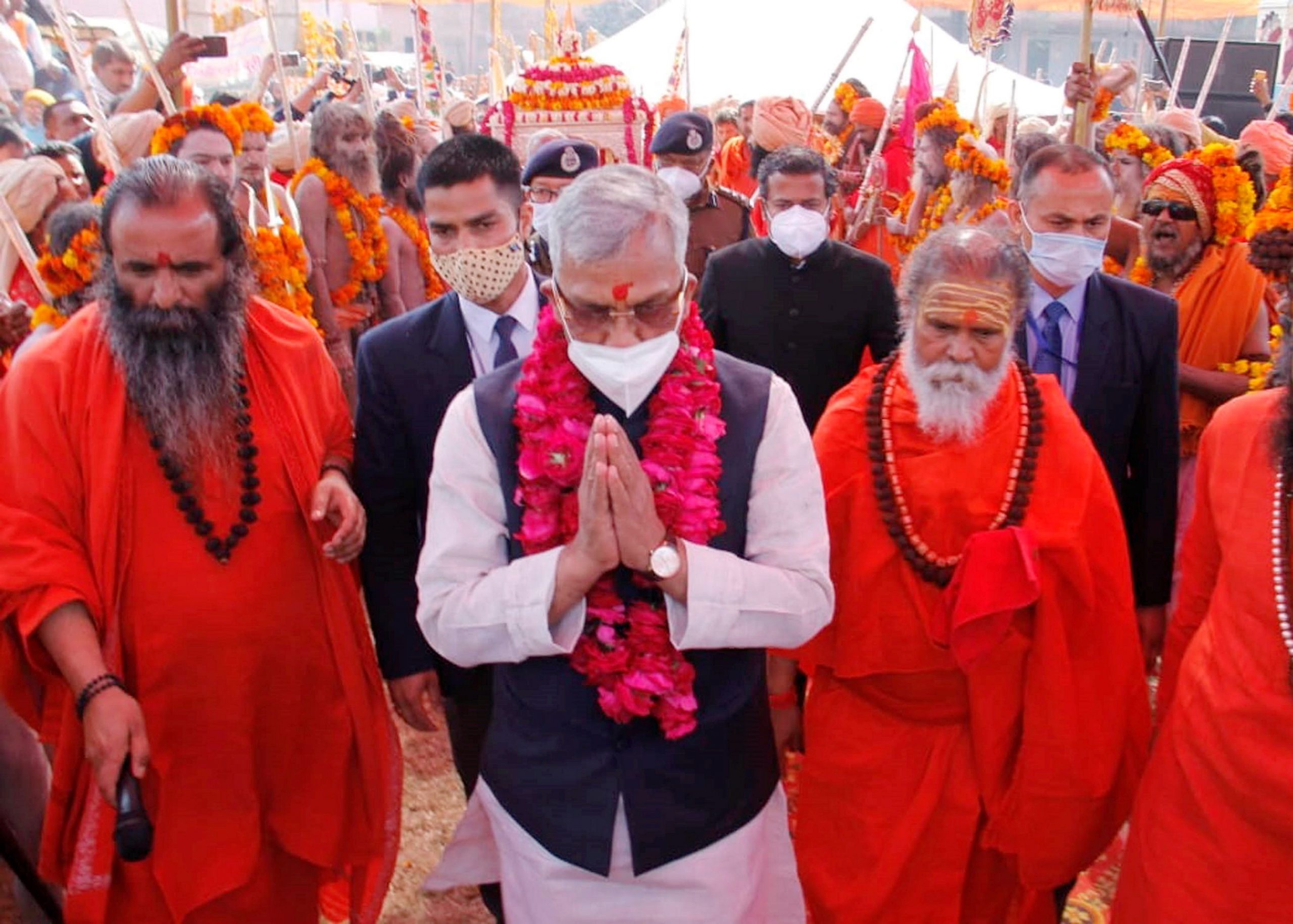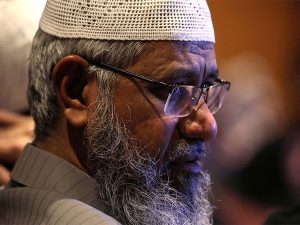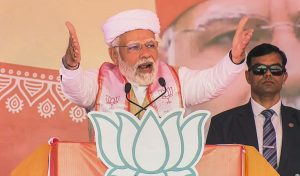Uttarakhand chief minister Trivendra Singh resigned from his post on Tuesday after meeting the BJP high command on Monday. The month of March always comes with a major political turmoil in Uttarakhand, believe political analysts. In March 2016, when Harish Rawat government was in power, an effort was made to topple his government when a group of MLAs revolted against the CM.
In March 2020, chief minister Trivendra Singh Rawat created an uproar after declaring Gairsain as the summer capital. This year, too, it was in March that the CM announced the decision to make Gairsian into a commisionary incorporating the districts of Kumaon. The move is said to have greatly incensed the BJP MLAs from Kumaon and a political crisis has ensued in the state with a change of guard likely.
Political analyst Jay Singh Rawat told Times Of India this month has a special connection with the politics of the Himalayan state. March is the month when a new government is formed after each election. Also, the budget session – which is usually passed in March – becomes extremely important.
After five years, the Trivendra Rawat government, too, faced uncertainty and Rawat resigned from his post during the budget session after meeting the BJP high command in Delhi on Monday.
Rawat was first elected from Doiwala in the Uttarakhand’s first legislative assembly elections in 2002. He served as the State’s Minister of Agriculture after retaining his seat in the 2007 elections.







